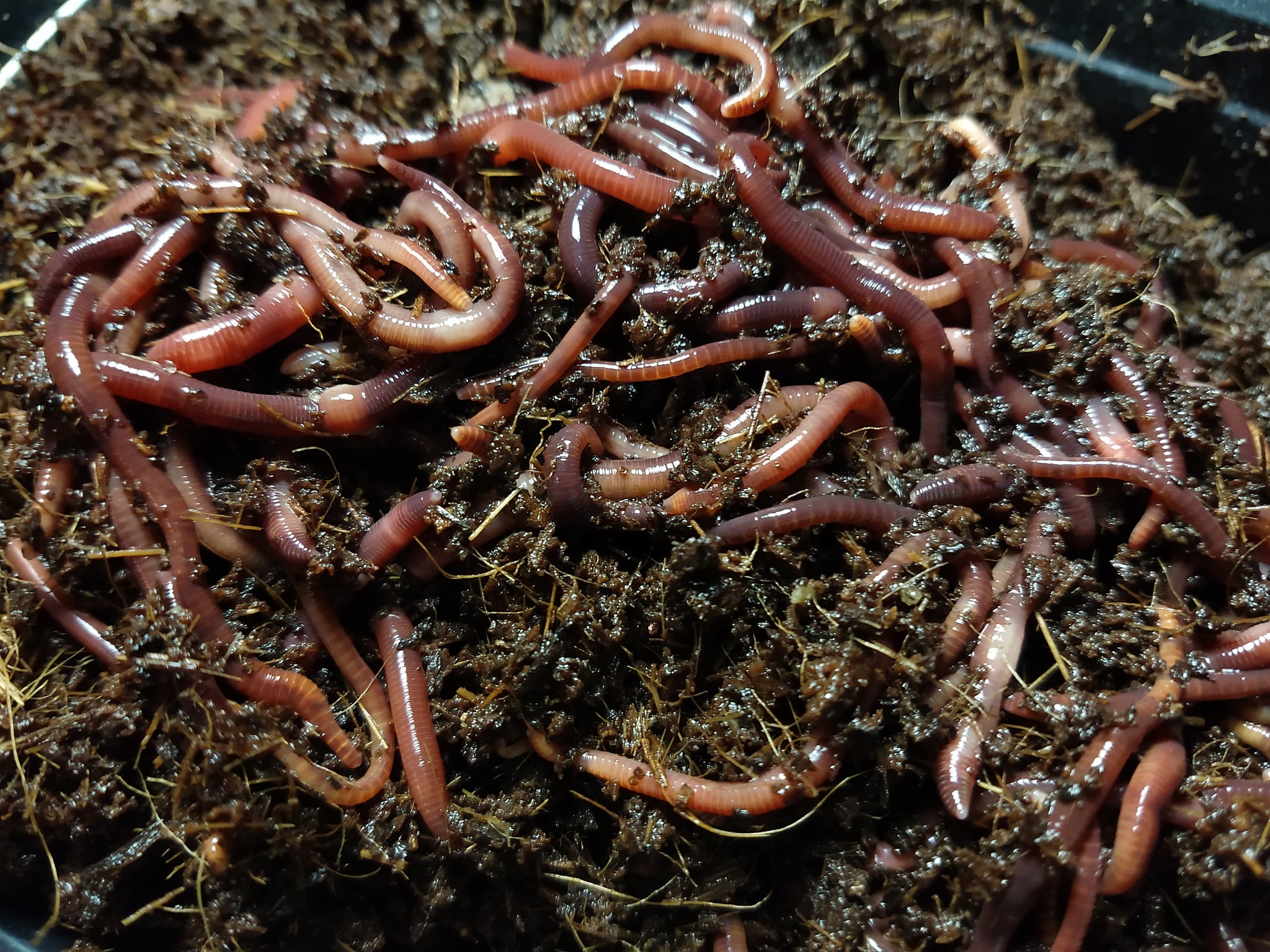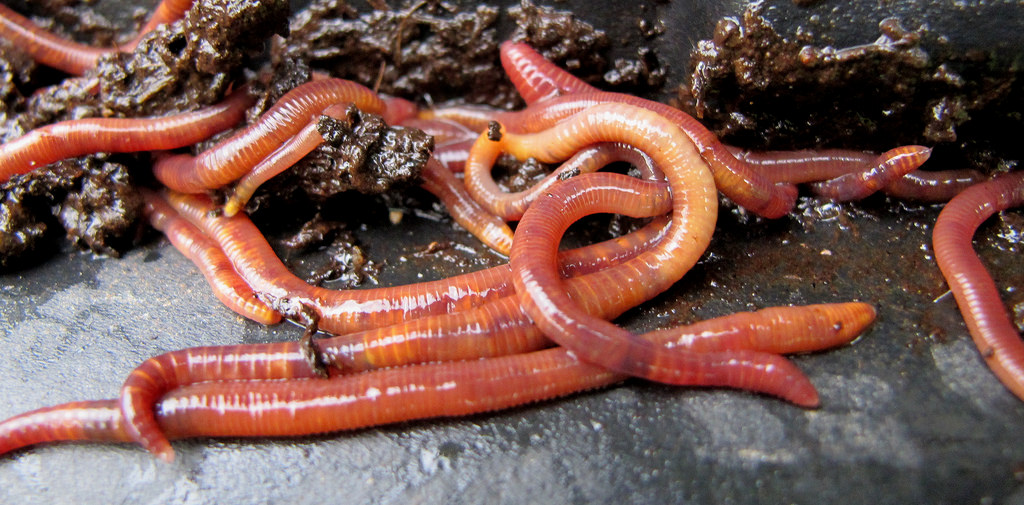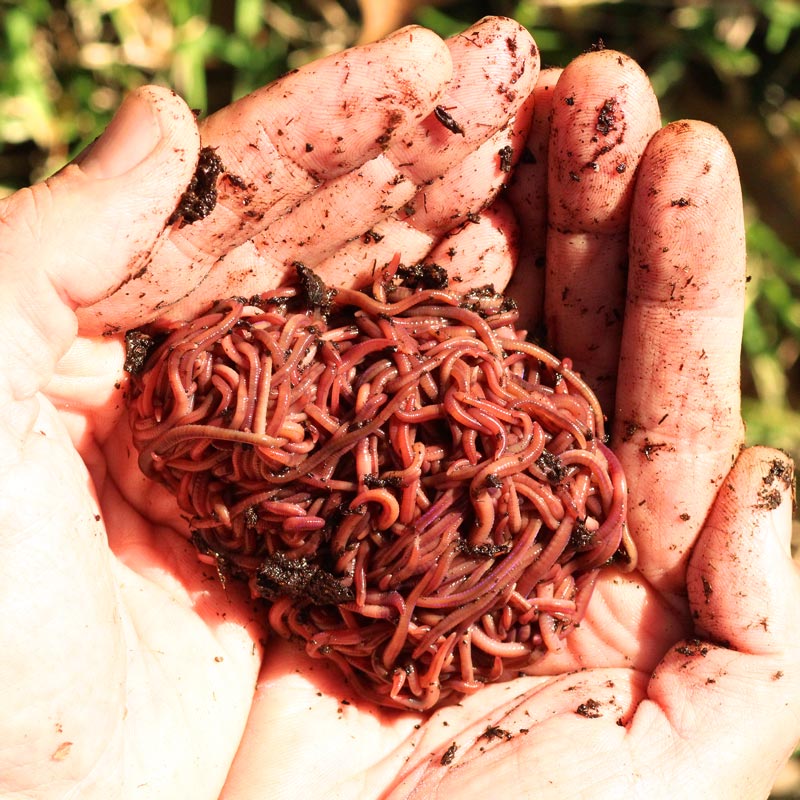Comprehensive Lawn Care Tips from Red Wiggler Express
Comprehensive Lawn Care Tips from Red Wiggler Express
Blog Article
Red Wigglers: The Unsung Heroes of Organic Waste Recycling
Red wigglers, or Eisenia fetida, offer as vital agents in the organic waste recycling procedure, transforming thrown out materials into useful vermicompost. As the globe increasingly seeks solutions to fight waste accumulation and boost farming efficiency, recognizing the function of these worms becomes important.
What Are Red Wigglers?
The exceptional strength of red wigglers, scientifically called Eisenia fetida, underscores their essential role in organic waste recycling. These small, reddish-brown earthworms are normally discovered in decaying natural matter, such as compost heap and manure heaps. Lake Hickory Bait. Unlike various other earthworm varieties, red wigglers grow in nutrient-rich settings and are extremely efficient at breaking down organic materials, making them crucial for vermicomposting

(Lake Hickory Bait)Along with their function in waste reduction, red wigglers contribute to soil health and wellness by enhancing soil structure and oygenation via their tunneling activities (Lake Hickory Bait). Their existence in composting systems not just improves disintegration rates but likewise advertises a lasting strategy to lose management, illustrating their significance in environmental conservation initiatives
Advantages of Composting With Worms
Composting with worms, especially red wigglers, uses various benefits that improve both waste administration and dirt wellness. These worms successfully break down organic waste, transforming it right into nutrient-rich vermicompost that improves soil. This process speeds up decomposition, enabling for a faster recycling of kitchen scraps and other organic products contrasted to typical composting methods.
In addition, the vermicompost created by red wigglers is including valuable microorganisms, which aid improve dirt structure, aeration, and dampness retention. This enhances the overall health of plants, advertising vigorous growth and raised yields in gardens and agricultural setups. In addition, using worms in composting minimizes the manufacturing of greenhouse gases, such as methane, adding to a much more sustainable waste monitoring system.

How to Start Vermicomposting
Establishing a vermicomposting system is a straightforward procedure that can generate considerable advantages for both waste management and soil enrichment. To start, pick an appropriate container, such as a plastic bin or wooden box, with appropriate ventilation holes to make sure correct air flow. The measurements need to ideally be about 2 feet by 3 feet, allowing ample room useful source for the worms to prosper.
Next, prepare bedding product, which can be composed of shredded paper, cardboard, or coconut coir. This bedding ought to be moistened to create a suitable habitat for the worms. Once the bed linen is in area, present red wigglers (Eisenia fetida) into the container, normally around one extra pound of worms for every single square foot of area.
Complying with the placement of worms, add natural waste, such as fruit and veggie scraps, coffee grounds, and crushed eggshells. With these actions, you will effectively initiate a vermicomposting system that contributes to sustainable waste management and improves your soil.
Preserving a Healthy Worm Container
(Red Wiggler Express)Keeping a worm container prospering needs routine interest and care to guarantee the wellness of the red wigglers and the performance of the composting process. Proper maintenance starts with keeping track of the wetness levels; the bin needs to be wet yet not waterlogged. A great regulation of thumb is to keep an uniformity similar to a wrung-out sponge.
Gently mixing the bed linen and food scraps every few weeks protects against compaction and makes certain that all worms have accessibility to oxygen. Furthermore, it is important to feed the worms appropriately.
If the container ends up being too hot or chilly, the worms might end up being stressed out. By diligently managing these variables, one can maintain a robust and productive worm bin.
Impact on Lasting Living
The successful upkeep of a worm container not just benefits the health of red wigglers but also contributes considerably to lasting living techniques. By recycling organic waste, such as cooking area scraps and yard particles, red wigglers aid divert considerable amounts of material from garbage dumps. This decrease in waste not only lowers greenhouse gas discharges but additionally decreases the environmental problem connected with waste administration.
In addition, the castings generated by red wigglers serve as a nutrient-rich organic fertilizer, improving dirt health and advertising plant growth. This all-natural option to chemical fertilizers sustains lasting farming and horticulture practices, reducing reliance on synthetic inputs that can damage communities. Furthermore, worm composting fosters understanding of waste monitoring, urging people and neighborhoods to adopt more lasting practices.

Verdict
In recap, red wigglers act as important contributors to organic waste recycling with their reliable decomposition of organic materials. Their ability to produce nutrient-rich vermicompost enhances soil wellness and sustains sustainable agricultural practices. By integrating vermicomposting right into waste monitoring approaches, individuals and areas can considerably reduce waste while advertising environmental sustainability. The function of Eisenia fetida in fostering healthy and balanced environments emphasizes the value of these organisms in accomplishing sustainable living and enhancing soil fertility.
Report this page